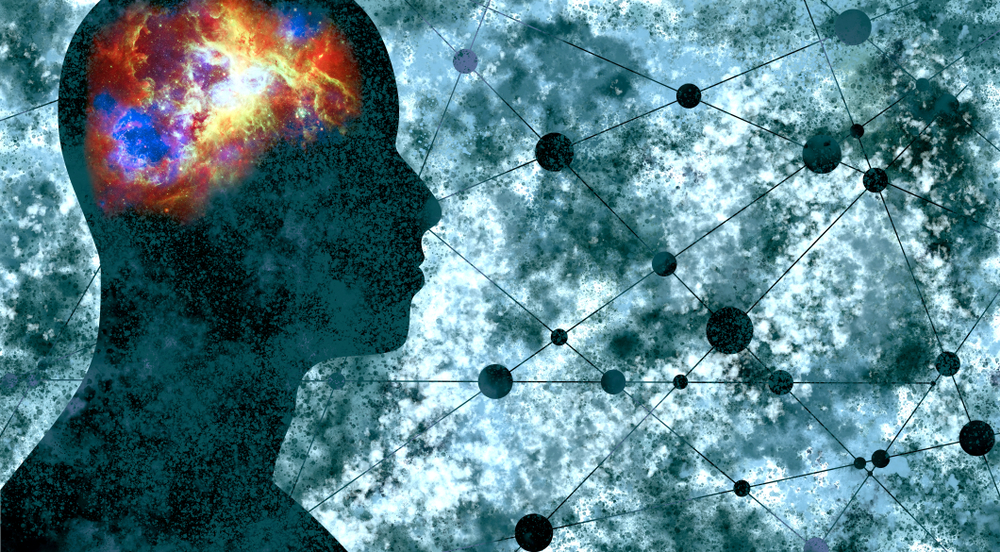Could virtual reality reinvent the way we treat mental illness? Is it possible to rewire our brains and build more adaptive cognitive responses to the daily stressors that bring about anxiety, depression, and unhealthy coping behaviors? Aaron Gani, Humana’s former Chief Technology Officer, thinks so and sees an opportunity to reshape a major part of the healthcare experience – behavioral health.
The United States spent 3.5 trillion dollars on healthcare in 2017, supporting the argument that it is one of the most significant problems we face as a country. Consuming nearly 20% of GDP, healthcare is top of mind for many who want to help be the catalyst for change. When Facebook supercharged investment in consumer-grade Virtual Reality (VR) gear with its 2014 acquisition of Oculus, nearly two decades of laboratory research into how VR impacts our brains, and mental health was set to be commercialized and scaled up.
So much of our physical health and overall well-being is intimately connected to our mental health. The National Institutes of Health estimates that while 18.3% or almost 45 million Americans suffered from some mental, behavioral or emotional disorder in 2016, only 43% of them received any mental health treatment (source: https://www.nimh.nih.gov/health/statistics/mental-illness.shtml). Mental health disorders are medical conditions that disrupt a person’s thinking, feeling, mood, ability to relate to others and daily functioning, and include illnesses such as major depression, bipolar disorder, obsessive-compulsive disorder, and post-traumatic stress disorder. (source: CDC: https://www.cdc.gov/workplacehealthpromotion/tools-resources/pdfs/issue-brief-no-2-mental-health-and-chronic-disease.pdf)
Access to behavioral health services still suffers from limited capacity, inconvenience, and significant stigma. Ganihas set out to combine the immersive power of VR with other advances in cloud computing, mobility, machine learning, and wearable biomedical devices to reinvent behavioral health services, starting with the dual-epidemics of chronic pain and addiction. “Our company is not the first to understand the powerful effects of VR on the brain. In fact, we are standing on the shoulders of pioneering researchers like Walter Greenleaf, Ph.D.of Stanford’s Virtual Human Interaction Lab, and Skip Rizzo, Ph.D.of USC’s Institute for Creative Technologies. What we are doing at BehaVRis combining the latest exponential technologies and our team’s deep understanding of healthcare to tackle a wholesale redesign of behavioral healthcare services.”
Neuroscientists have learned that our brains have an amazing capacity change and adapt, rewiring synapses in response to our experiences and interactions with our environment. This so-called ‘neuroplasticity’ is like our brain’s ability to ‘build muscle,’ and VR can be like a ‘gym for the brain.’ Ganiexplains, “Our realities are models that our brains construct based on streams of inputs from our senses. If we alter those inputs, like we can through VR, we alter our reality. Our goal at BehaVRis to create experiences that elicit emotional and physiological responses in our patients, positively impacting health attitudes, beliefs, and habits.”
BehaVR’sgoal is to enable a lowering of barriers to better physical health via improved mental health, starting with providing patients new perspective and skills for combating chronic pain. Partnering with the International Spine and Pain Institue, an Evidence in Motion company, BehaVRbuilt the Pain Neuroscience Education experience to educate, motivate and activate behaviors that improve daily function in the presence of chronic pain. To date, patients are reporting significant improvement from the treatment. Working with physicians and physical therapists in Kentucky, North Carolina, Indiana, and Colorado, and Washington, BehaVRis helping patients exercise influence over their pain reactions and symptoms. The therapy concept could be described as technology meets Cognitive Behavioral Therapy and mindful meditation, assisting patients to understand and exercise influence over their own mind/body connection.
How does it work?
Simple.
Step 1– Strap on your Oculus Go VR headset.
Step 2– Choose your environment. BehaVRhas designed experiences that enable patients to select and customize an environment that makes them feel at ease and improves their sense of peace or happiness.
Step 3– The treatment begins as the patient experiences content that is educational, motivational and skill-building, influencing their understanding and ability to modulate their pain experience.

The BehaVR/ Evidence in Motion Pain Neuroscience Education experience is available today in scores of physical therapy clinics and deployments are accelerating. BehaVR’snext focus is augmenting both inpatient and outpatient addiction recovery programs, with a goal to improve the likelihood that patients will complete their programs and stay engaged in successful recovery on an ongoing basis. “We believe the potential of this platform is massive,” said Gani. “The therapeutic potential extends beyond pain and addiction to anxiety, depression, weight management, smoking cessation, and more. People suffering severe mental illness will likely always need high touch professional help and often benefit from pharmacologic therapies. But there are tens of millions of people that could benefit from increased stress resilience and emotional regulation. Thoughtfully designed experiences incorporating evidence-based guidelines for behavioral therapy can be efficiently scaled through VR, increasing access, and lowering barriers to care and better health.” BehaVR’sexperiences are only available today through the company’s clinical partners, but they expect to offer at-home options in the future.
Today we need something more than ever to help us bridge the gap in the mental and physical pain our society is experiencing, and this technology could be just the thing.
Intrigued yet? The happier we all are mentally and physically, the better for everyone. BehaVRcould be on the path to helping a lot of people and also innovating changes in our healthcare system.


